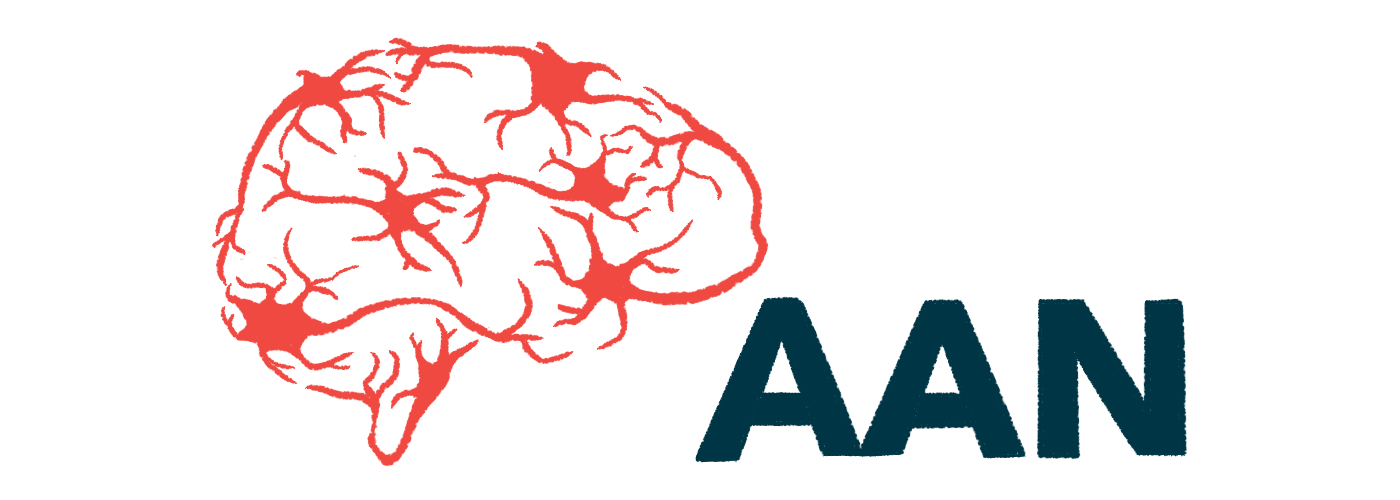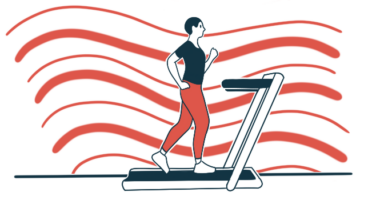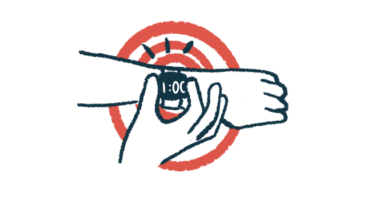#AAN2022 – 12 Weeks of Boxing Eases Motor, Non-motor Symptoms

A three-month community-based boxing program significantly eased motor and non-motor symptoms, as well as depression, in adults with early Parkinson’s disease, a pilot study showed.
These preliminary findings support larger and longer studies into the benefits of such programs, which also could include people with more advanced disease.
Results were presented in the poster “A pilot study on the effect of a community-based boxing program on Parkinson’s disease” at the 2022 American Academy of Neurology Annual Meeting (AAN), held in Seattle on April 2–7 and virtually on April 24–26.
People with Parkinson’s can experience not only hallmark motor problems, but also such non-motor symptoms as cognitive impairment, depression, apathy (lack of motivation and overall indifference), disturbed sleep, and gastrointestinal, urinary, and sexual difficulties.
These motor and non-motor issues can contribute to significant disability, affecting patients’ quality of life.
“Apathy, in particular, can be difficult to treat with pharmacotherapeutics,” the researchers wrote.
Increasing evidence supports the benefits of regular exercise in Parkinson’s, and while most studies focus on motor symptoms, some also show a potential to address non-motor symptoms.
Exercise guidelines for Parkinson’s patients recommend 150 minutes (2.5 hours) of moderate to vigorous exercise each week across four domains: aerobic activity; strength training; balance, agility, and multitasking; and stretching.
Boxing “incorporates high-intensity exercise, flexibility, stretching, strength training, balance and footwork, and endurance,” the researchers wrote. But its potential in easing non-motor symptoms remains largely understudied.
A team of researchers at Rush University Medical Center and the Jesse Brown Veterans Affairs Medical Center, both in Chicago, evaluated the effects of a three-month, community-based boxing program on motor and non-motor symptoms in Parkinson’s patients.
The program was designed and conducted in collaboration with a local boxing gym.
Of the 24 adult patients who enrolled, 14 (eight men and six women) agreed to be part of the study and completed assessments before and after the boxing program. These included measures of motor function, non-motor symptoms, depression, apathy, ability to perform daily life activities, and health-related quality of life.
All had early Parkinson’s (Hoehn and Yahr stage 2) and were able to walk and function independently. Their mean age was 62.2, and they had been living with the disease for a mean of 7.9 years. Most (85%) were on standard Parkinson’s medication.
Results showed that the boxing program significantly lessened motor symptoms — as assessed with the Unified Parkinson’s Disease Rating Scale part III — and non-motor symptoms, as measured with the Non-Motor Rating Scale (NMRS).
While favorable changes in several NMRS sub-domains were observed after the program, these reached statistical significance only for depression and pain, and were close to significance for the sleep and wakefulness sub-domain.
This was consistent with the observed significant reduction in the Hamilton Depression Rating Scale, which measures the frequency and intensity of depressive symptoms.
While no significant differences in apathy were evident between pre- and post-program scores, as assessed with the Lilli Apathy Rating Scale, participants reported feeling more motivated.
Patients’ ability to perform daily life activities and their health-related quality of life did not significantly change.
These findings highlight that a three-month, community-based boxing program led to “improvements in motor exam, non-motor symptoms, and depression” in people with early Parkinson’s, the researchers wrote.
Future studies in larger numbers of patients followed for longer periods are needed to confirm these findings, assess whether the program lessens apathy, leads to sustained improvements, and may also be beneficial for people with more advanced disease, the team noted.
Note: The Parkinson’s News Today team is providing coverage of the American Academy of Neurology (AAN) 2022 Annual Meeting. Go here to see the latest stories from the conference.







